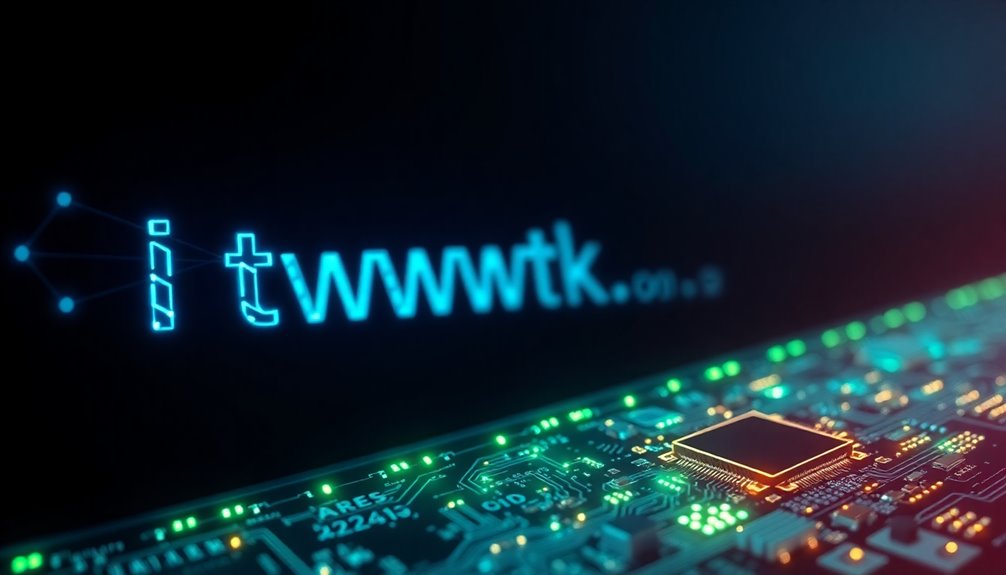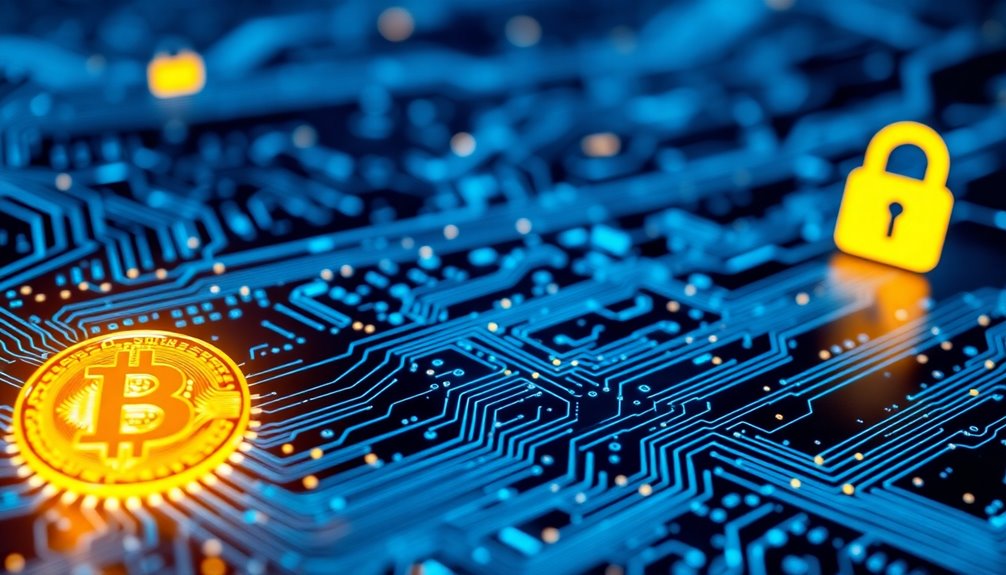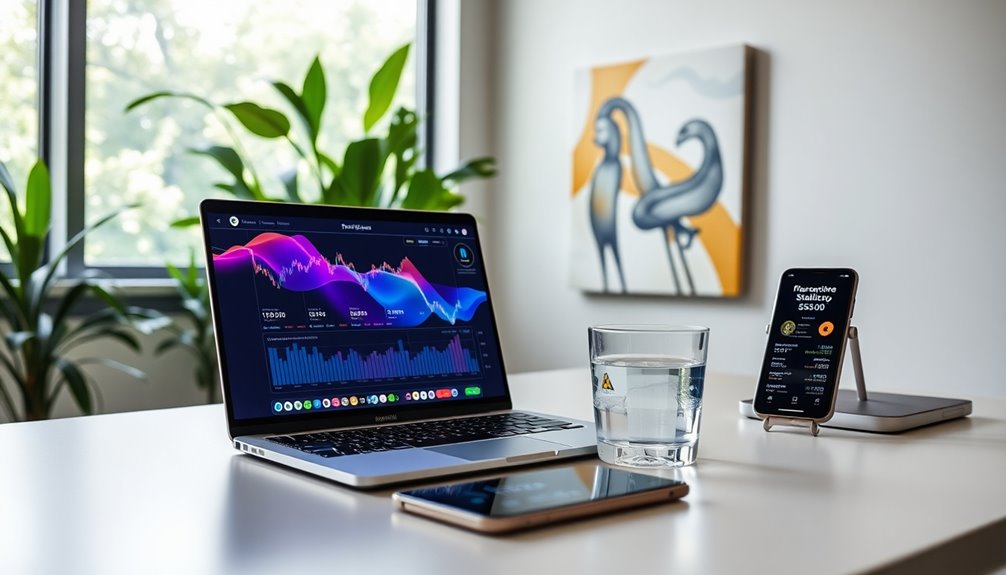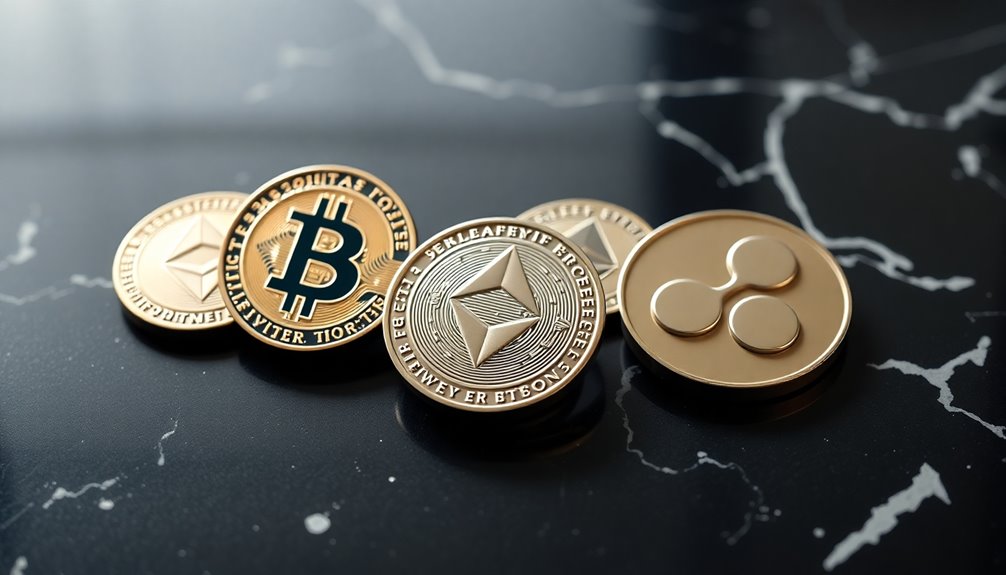A blockchain address serves as your unique identifier for sending and receiving cryptocurrencies. For example, Bitcoin addresses can range from 26 to 35 characters, starting with '1', '3', or 'bc1', while Ethereum addresses always begin with '0x' and have 42 characters. Just like a bank account number, these addresses are crucial for secure transactions. Always double-check your addresses to avoid irreversible losses, as errors can be costly. It's also smart to use different addresses for privacy. By exploring further, you can uncover detailed insights into types, security, and more effective practices in managing your blockchain transactions.
Key Takeaways
- A wallet address is a unique identifier for sending and receiving cryptocurrencies, functioning similarly to a bank account number.
- Different cryptocurrencies have specific address formats; for example, Bitcoin addresses start with '1', '3', or 'bc1', while Ethereum addresses begin with '0x'.
- Accuracy is crucial when entering wallet addresses, as sending funds to the wrong address can result in irreversible loss of assets.
- Blockchain technology allows for transaction transparency, enabling users to track transactions while maintaining their anonymity through unique wallet addresses.
- Understanding the types of wallet addresses, such as Bitcoin, Ethereum, and others, is essential for navigating the cryptocurrency landscape effectively.
Wallet Address Fundamentals Explained

Understanding wallet addresses is crucial for anyone diving into the world of cryptocurrencies. A wallet address serves as a unique identifier, allowing you to send and receive cryptocurrency securely.
Bitcoin addresses typically range from 26 to 35 characters, while Ethereum addresses are 42 characters long and start with "0x." These addresses are generated from your public key, enabling you to access your funds without revealing personal information.
Each cryptocurrency has specific address formats—Bitcoin addresses start with '1', '3', or 'bc1', while Ethereum addresses begin with '0x.'
Since wallet addresses can be case-sensitive, it's vital to double check them before executing blockchain transactions to avoid errors and irreversible losses.
Understanding Wallet Address Basics
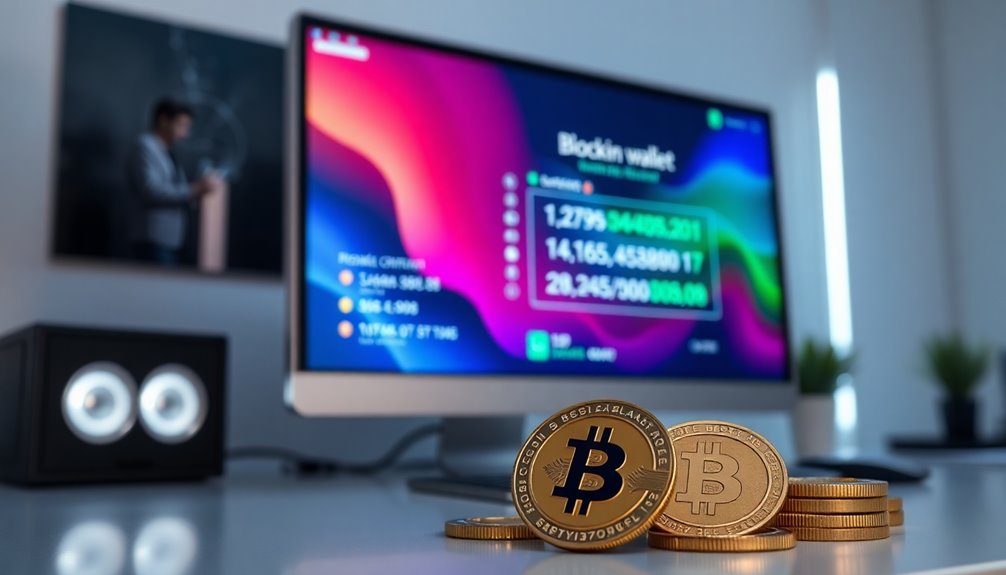
When you dive into the world of cryptocurrencies, knowing the basics of wallet addresses is essential. A wallet address is a unique string of characters used to send and receive cryptocurrency on the blockchain, functioning like a bank account number.
For example, Bitcoin addresses typically start with '1', '3', or 'bc1', while Ethereum addresses begin with '0x'. Your wallet software automatically generates these addresses, and you can have multiple for better privacy.
However, it's crucial to double-check the wallet address before initiating any transaction. Sending to an incorrect address can lead to irreversible asset loss, especially since wallet addresses are often case-sensitive. In the context of blockchain technology, always ensure you enter the correct address to safeguard your cryptocurrencies.
Transaction Verification Process
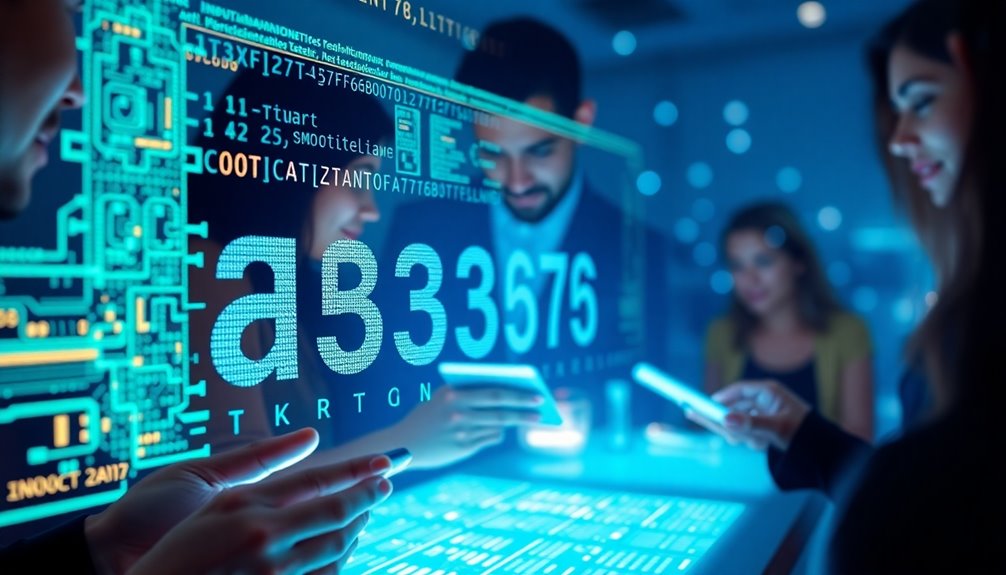
After you've got a handle on wallet addresses, it's important to grasp how transactions get verified on the blockchain.
The transaction verification process begins when you initiate a transaction, which is broadcast to the blockchain network. Miners or validators then confirm that you have sufficient balance and that your transaction is properly signed with the corresponding private key.
Each transaction gets a unique transaction ID, allowing you to track its status. Once included in a block, the transaction is considered confirmed, and its validity is further secured by the consensus mechanism as more blocks are added.
You can use blockchain explorers to verify your transaction's status in real-time, providing transparency about associated wallet addresses and confirmations.
Pros and Cons Overview
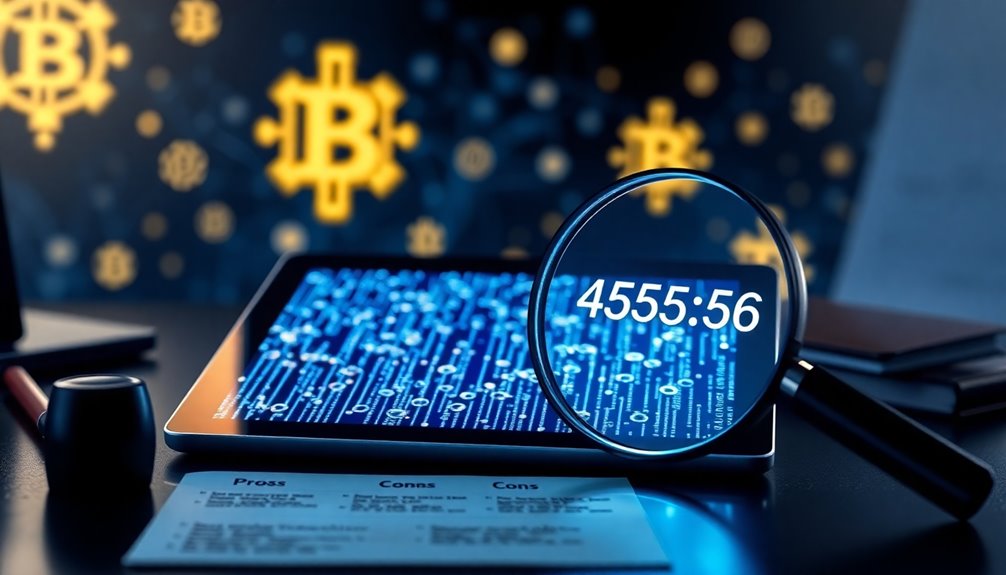
While blockchain addresses offer several advantages, they also come with notable drawbacks. You can easily share your public wallet address to receive crypto transactions without revealing your identity, which enhances privacy. The transparent nature of blockchain addresses allows for tracking transactions, promoting trust.
However, sending funds to a wrong wallet address can lead to irreversible loss, as blockchain transactions are permanent. Additionally, wallet addresses can be case-sensitive, especially on Ethereum and EVM-compatible chains, making accuracy crucial when entering them.
Furthermore, the public availability of blockchain data raises privacy concerns, as anyone can analyze transactions linked to wallet addresses to infer user behaviors and patterns. Balancing these pros and cons is essential for effective use of blockchain technology.
Wallet Address Types Compared
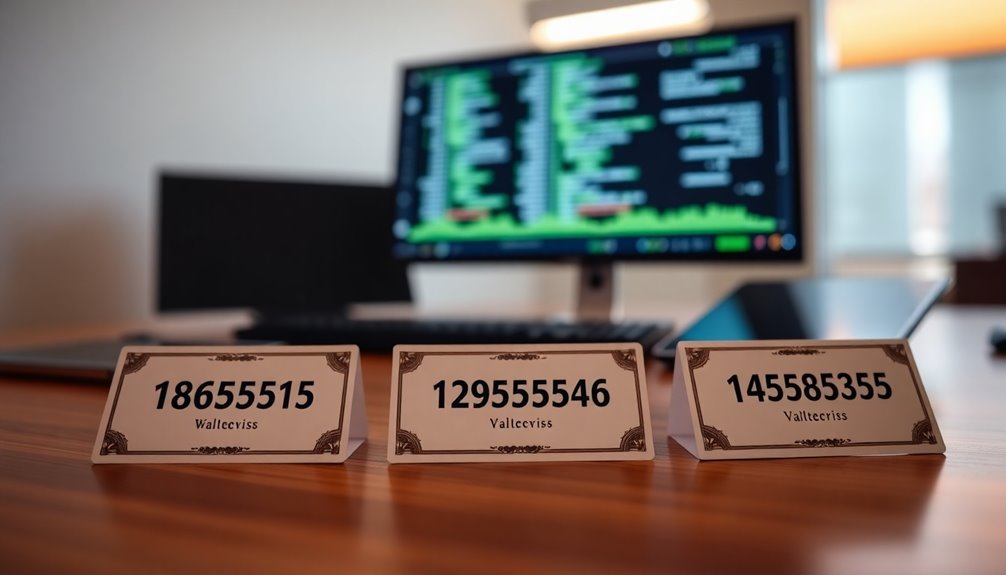
Understanding the different types of wallet addresses is key to navigating the blockchain landscape effectively. Each wallet address type serves unique purposes for transactions.
For instance, Bitcoin addresses come in three formats: P2PKH, P2SH, and Bech32, each starting with different characters. Ethereum addresses, always beginning with '0x', are crucial for ETH and ERC-20 token transactions.
Litecoin addresses typically start with 'L' or 'M', while Ripple addresses begin with 'r' and often include destination tags for better management.
Meanwhile, Cardano addresses, starting with 'addr1', support staking and governance features.
Security Vulnerabilities in Wallets

As you navigate the world of cryptocurrency, it's crucial to be aware of the security vulnerabilities that can put your wallet at risk.
Phishing attacks can trick you into revealing private keys or recovery phrases, so always verify sources.
Malware targeting wallet software may capture keystrokes or access sensitive data, making reputable antivirus software essential.
Although hardware wallets are generally more secure, they can fall victim to supply chain attacks if not sourced properly.
Public wallet addresses are visible on the blockchain, allowing malicious actors to track transaction patterns, which is why you should consider using new addresses for enhanced privacy.
Finally, regularly updating wallet software and implementing two-factor authentication (2FA) are critical for protecting against unauthorized access.
Emergence of Layer 2 Solutions

With the ongoing challenges of network congestion and high transaction fees affecting many blockchain platforms, Layer 2 solutions have emerged as a powerful response.
These solutions enhance scalability by processing transactions off the main blockchain while still leveraging its security features. Technologies like state channels, sidechains, and rollups, such as zk-rollups and optimistic rollups, reduce congestion and lower transaction fees.
On the Ethereum blockchain, Layer 2 solutions have significantly increased transaction throughput, enabling thousands of transactions per second. This allows users to enjoy faster transaction confirmations, often within seconds.
Moreover, the rise of Layer 2 solutions fosters the development of decentralized applications (dApps) that require high-speed transactions, expanding the utility and adoption of blockchain technology.
Use Unique Addresses Frequently

To enhance your privacy in the blockchain space, using unique wallet addresses for each transaction is essential. By utilizing different wallet addresses, you can effectively minimize the chances of your transaction history being linked together.
Many cryptocurrency wallets automatically generate unique wallet addresses, promoting anonymity and reducing address reuse. This practice not only secures your financial activities but also offers better privacy management.
Additionally, creating multiple addresses can protect against dusting attacks, where small amounts of cryptocurrency are sent to track your activity. Adopting this strategy is practical, especially on networks like Ethereum, where you can easily create multiple addresses.
Embrace unique wallet addresses frequently to safeguard your anonymity and enhance your overall security.
Frequently Asked Questions
What Is an Example of a Blockchain Address?
When you think about blockchain addresses, you'll find that they vary by cryptocurrency.
For instance, a Bitcoin address like 1A1zP1eP5QGefi2DMPTfTL5SLmv7DivfNa starts with '1' and has 26-35 characters.
If you're looking at Ethereum, you'd see an address like 0x32Be343B94f860124dC4fEe278FDCBD38C102D88, which begins with '0x' and contains 42 characters.
Each format serves its unique purpose in the blockchain ecosystem.
How Do I Trace a Blockchain Address?
Tracing a blockchain address is like following a digital breadcrumb trail.
To do this, you'll need a blockchain explorer tailored to the cryptocurrency you're interested in. Just enter the address into the explorer, and you'll uncover its transaction history and balance.
You can see details like amounts transferred and timestamps.
How Do Blockchain Addresses Work?
Blockchain addresses work as unique identifiers for your transactions in the cryptocurrency world. When you create a wallet, it generates a public address that you can share to receive funds.
You also have a private key, which you keep secret to authorize outgoing transactions. Each address's format varies by blockchain, and they're case-sensitive, so it's crucial to enter them correctly.
Transactions linked to your address are recorded on the blockchain, ensuring transparency.
How Do I Get My Blockchain Address?
To get your blockchain address, start by choosing a trustworthy cryptocurrency wallet, whether it's an app or hardware wallet.
Follow the setup instructions, and once you complete it, your address will be generated automatically.
You can log into your exchange account and head to the Transfer section to find your wallet address.
Most wallets also show a QR code for easy sharing.
Conclusion
In the ever-evolving world of blockchain, understanding wallet addresses is like navigating a vast ocean. By grasping the fundamentals, comparing types, and staying aware of security vulnerabilities, you'll sail smoothly through transactions. Embrace unique addresses to enhance your security and dive into layer 2 solutions for faster processing. As you explore this digital landscape, remember that knowledge is your compass, guiding you toward safe and efficient blockchain interactions. Happy sailing!
